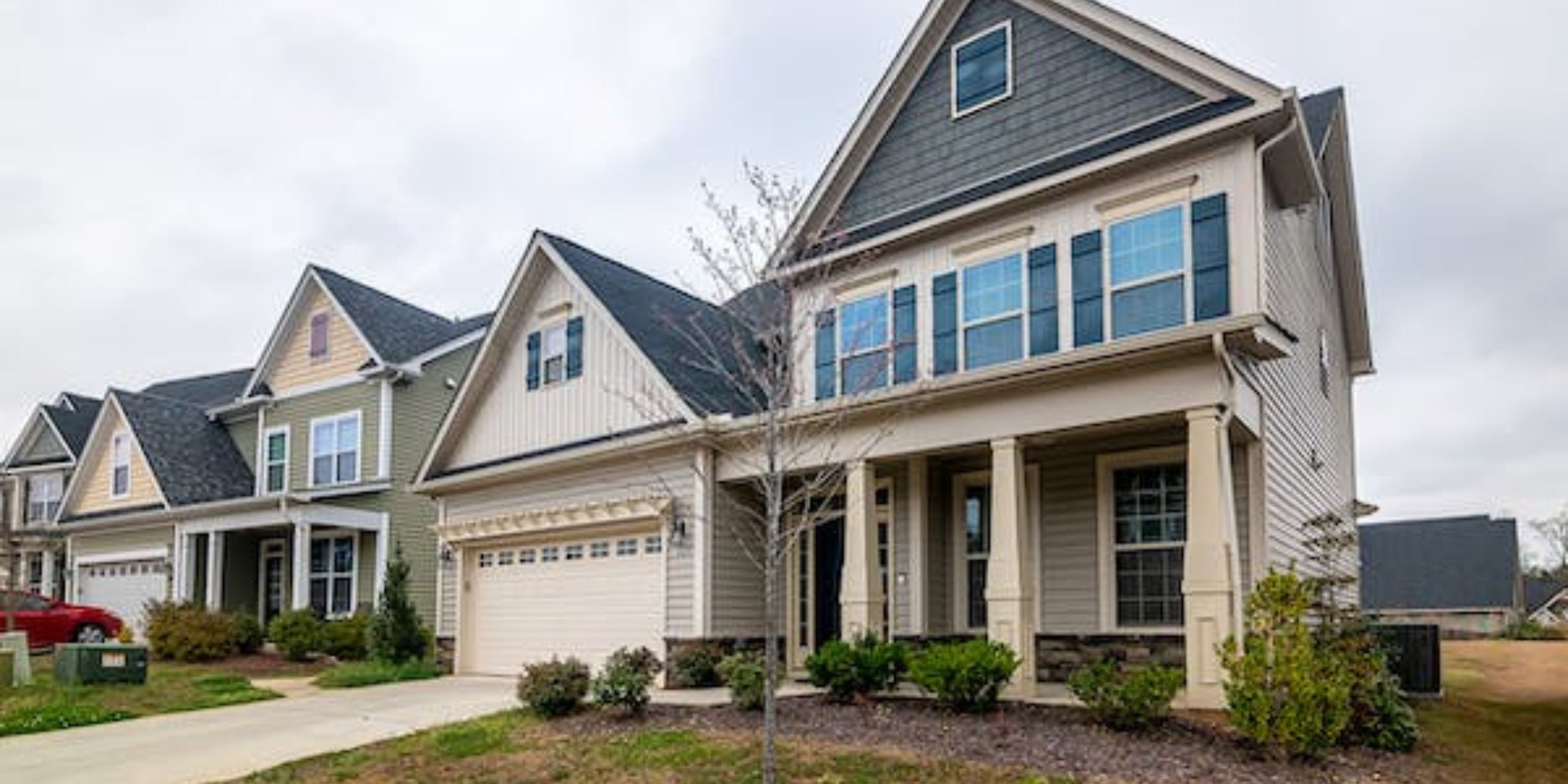For our houses to be safe and convenient, garage doors are crucial. However, if not utilized or maintained correctly, they may potentially be dangerous. According to recent estimates, injuries caused by garage doors have increased alarmingly, so it is imperative that homeowners put safety first. In order to protect your family’s health, this article will cover the common forms of injuries, their causes, and how to avoid them.
Accidents Caused by Garage Doors
Accidents involving garage doors can result in a variety of injuries. The following are some of the most typical:
A. Pinched fingers or hands: These injuries can occur when a person’s fingers become wedged in the hinges or between the door’s portions.
B. Strains and sprains: Improper lifting technique might result in back, shoulder, or neck injuries when lifting big garage doors.
C. Falling garage doors: Due to damaged springs or other defects, a door may collapse suddenly, potentially leading to catastrophic injury.
D. Accidents involving garage door openers: If a garage door opener is used improperly, it may cause the door to close on a person or a car.

Reasons for Garage Door Accidents
Injuries caused by garage doors are primarily caused by:
A. Regular maintenance is neglected, which can result in worn-out parts and broken safety features.
B. Incorrect installation: Accident risk is increased by improperly installed garage doors and openers.
C. User error: Injuries may happen from improper use of the garage door or opener.
D. Safety features that aren’t working properly: Defective sensors, springs, or wires might result in mishaps.
Tips for Safety to Prevent Injuries
Regular maintenance, appropriate installation, and user education are all necessary for preventing garage door injuries:
A. Continual garage door upkeep:
1. To guarantee smooth functioning, inspect and lubricate moving components like hinges, rollers, and springs.
2. Inspect cables, springs, and other parts for symptoms of deterioration.
3. Check the auto-reverse mechanism and safety sensors, among other security measures.
B. Adequate installation
1. To ensure that the door and opener are installed correctly, hire a professional garage door repairmen for installation.
2. Verify that all safety features, such as auto-reverse mechanisms and safety sensors, are installed and operational.
C. Inform family members on safe driving:
1. Discuss garage door safety with kids, stressing the value of maintaining a safe distance and avoiding putting hands near moving parts.
2. Establish a safe distance policy for household members when the door is opening and closing.
3. Regularly go through garage door safety precautions with every member of the family.
Emergency scenarios and first aid
The severity of garage door injuries can be reduced by understanding how to respond:
A. In the event of an injury, dial 911 right away and refrain from attempting to relocate the victim.
B. Become familiar with the fundamental first aid procedures for treating typical injuries, such as using ice to reduce swelling or a compression bandage for strains and sprains.
Safety when it comes to garage doors should never be ignored. Homeowners may dramatically lower the risk of injuries by putting a high priority on routine maintenance, correct installation, and user education. Always keep in mind that a secure home begins with a working garage door and a knowledgeable family.
Extra Security Measures
Additional safety measures can help lower the likelihood of garage door injuries:
Install a garage door opener with motion detection:
1. By using this technology, the door will be alerted to any movement in the area and won’t close on someone or something.
2. Make sure the motion sensors are positioned correctly and are regularly tested.
B. Pick a garage door with panels that are pinch-resistant:
1. The portions of these doors are meant to keep fingers from becoming entangled.
2. When buying a new garage door or changing out an old one, take into account this characteristic.

C. Use a smart garage door opener or keypad:
1. Traditional remote controls are no longer necessary thanks to keypads and smartphone apps, lowering the possibility of unwanted access or unintentional activation.
2. Ensure that passwords or access codes are kept secret and safe.
D. Continually review and inspect safety equipment:
1. Keep up with current safety innovations and think about updating your garage door system as necessary.
2. To find potential problems before they become dangerous, plan professional inspections at least once a year.
Encourage the safety of garage doors in your neighborhood and community:
A. Provide neighbors and friends with safety advice and resources.
B. Plan community workshops or events that emphasize the upkeep and safety of garage doors.
C. Promote the inclusion of garage door safety lessons in the curricula of nearby schools.


